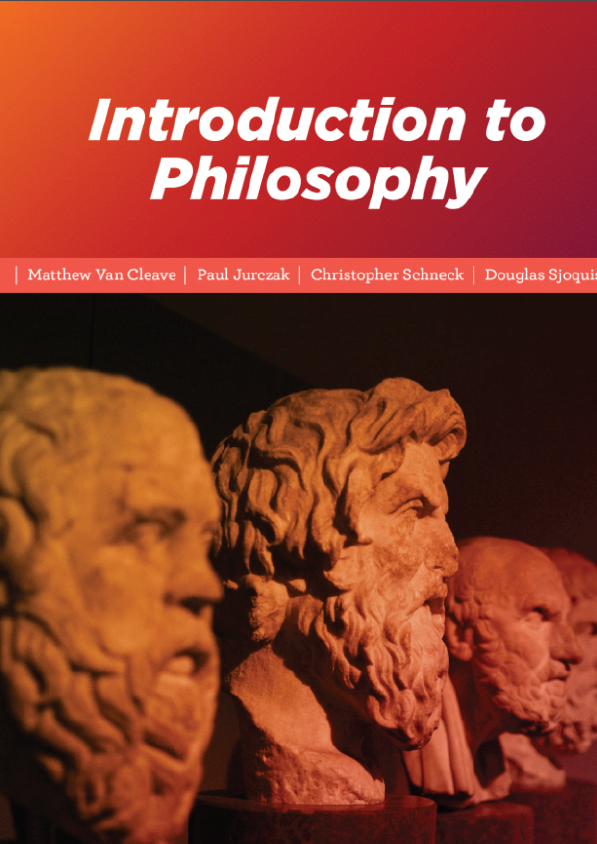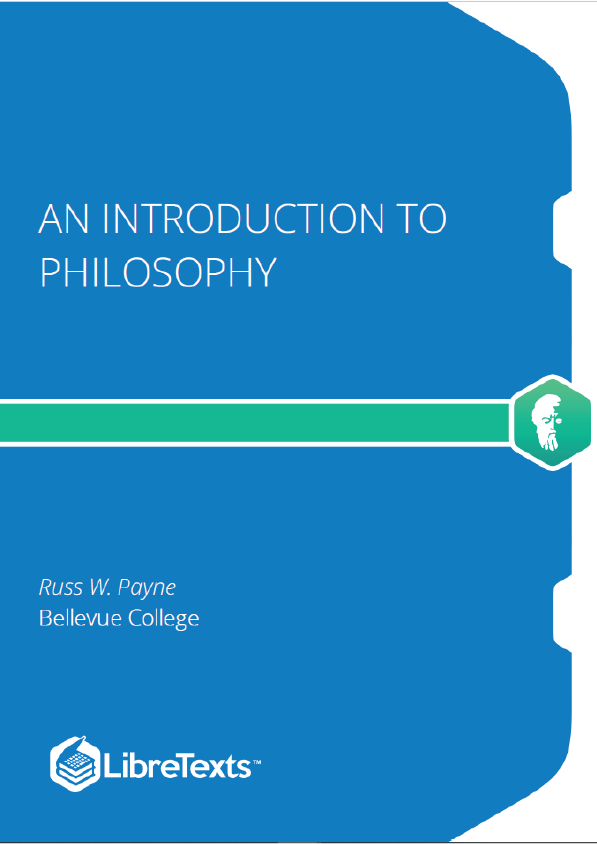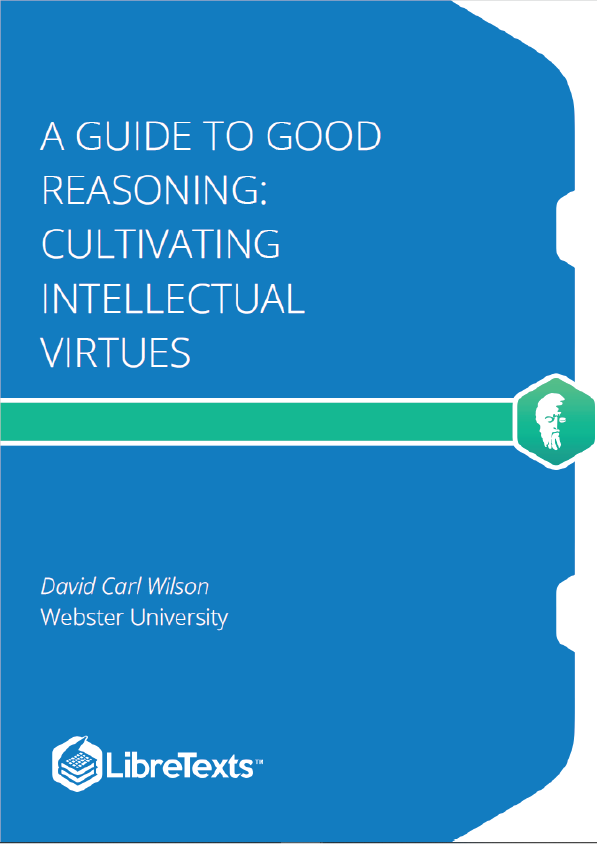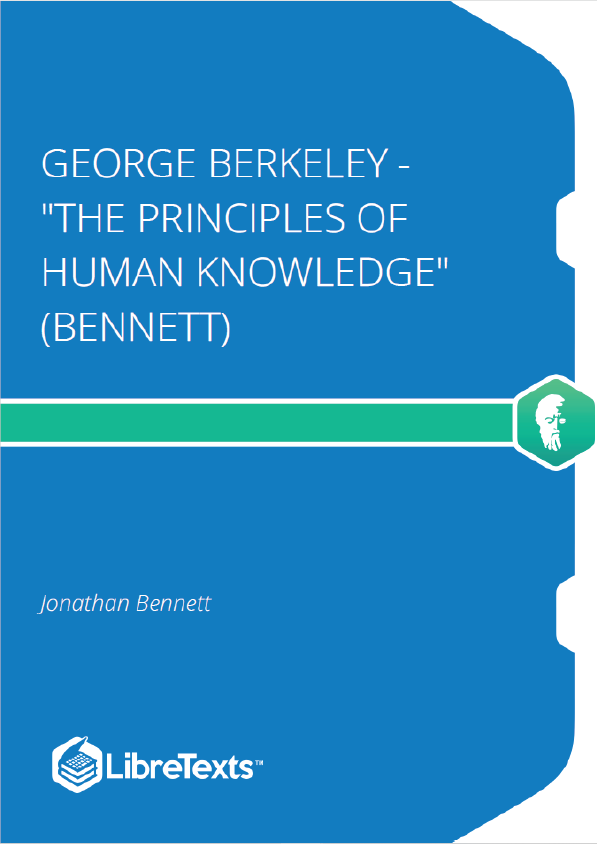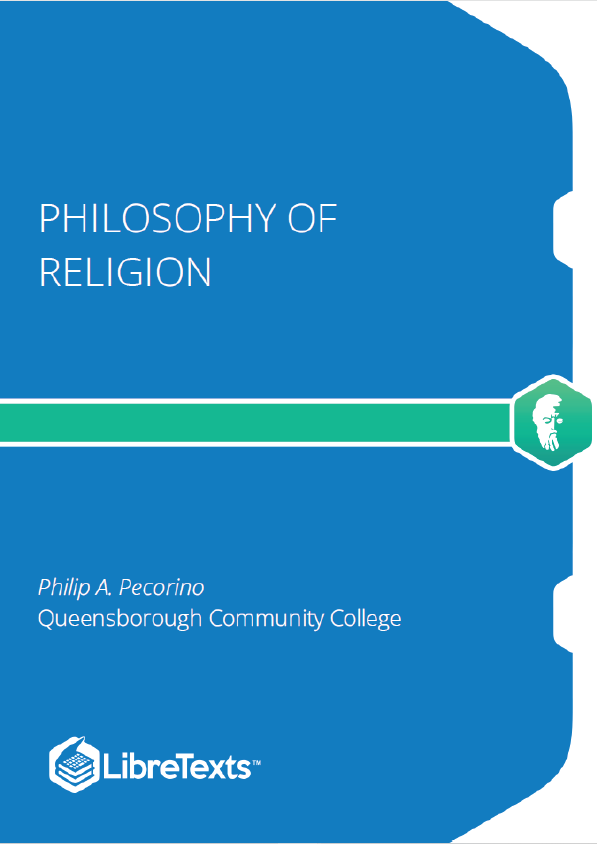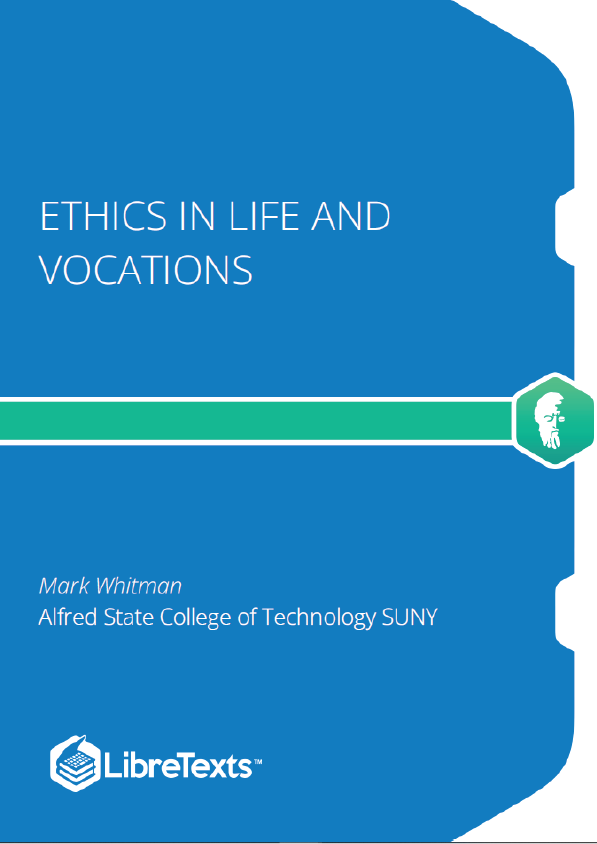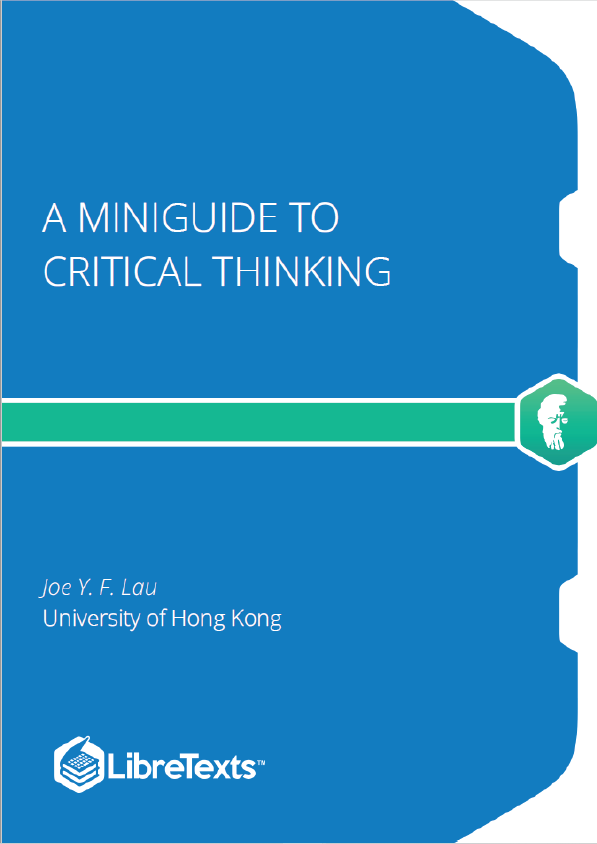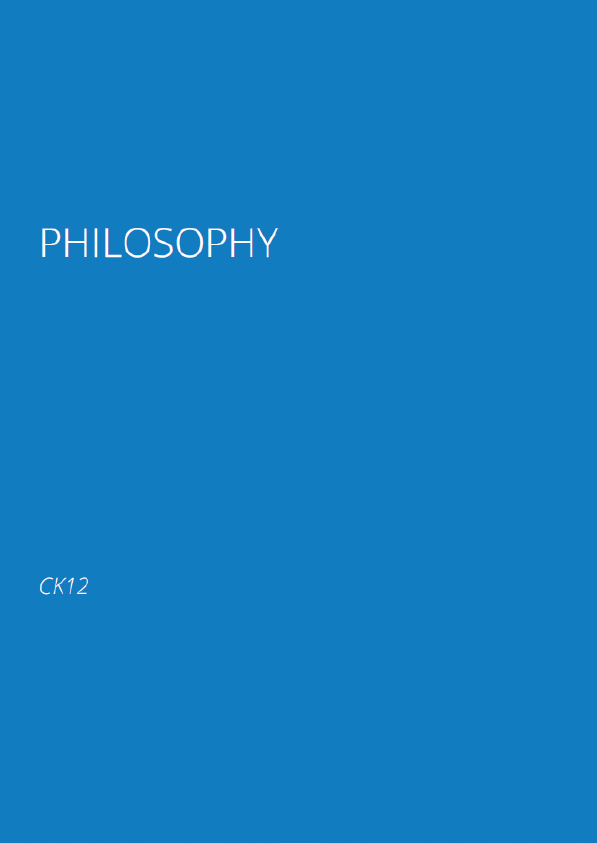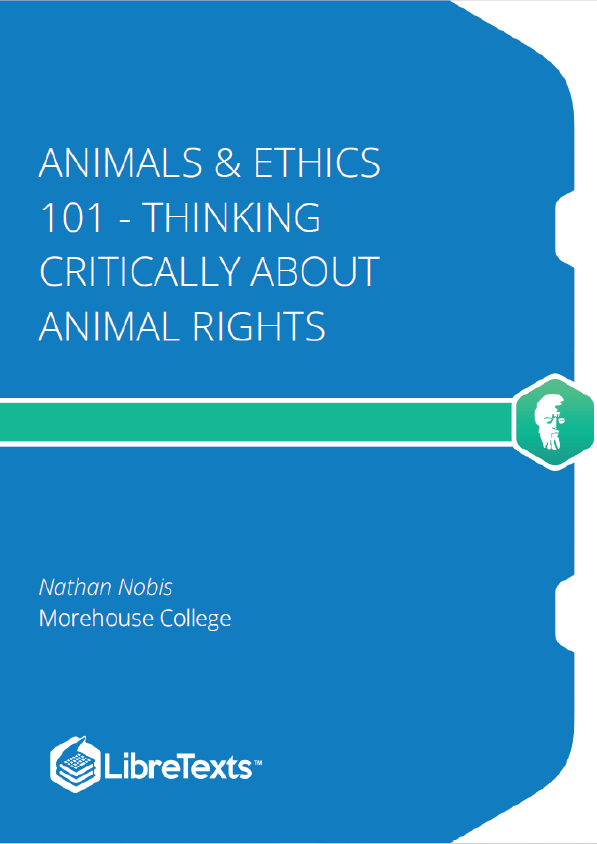Philosophy is many things to many people and so writing a general introduction to philosophy textbook is bound to itself be an exercise in meta-philosophy. Because this is so, there will be disagreements not only about what is in the textbook, but also about what it leaves out. In the process of editing the chapters for this text, the philosophers in my department (Paul Jurczak, Christopher Schneck, and Leanne Kent) had occasion to hash out some of these disagreements. I believe the resulting textbook is better for it, not to mention that we as philosophers are all better for it. As will perhaps be obvious for those who read the textbook, the different chapters have very different styles. We consider this diversity a virtue of the textbook, although we understand that it does make it bit more unwieldy. For example, Paul and I have very different backgrounds in philosophy. Paul reads French very well and knows a lot about Merleau-Ponty; I read no French, but am fairly engaged with the cognitive sciences. Paul knows a lot about history, literature, and film; I don’t, but can tell you more than you’d like to know about what’s wrong with Jerry Fodor’s asymmetric dependence account of mental representation or why Saul Kripke’s causal account reference is important. As philosophers may infer based on these descriptions, I was schooled within the “analytic” tradition of philosophy, whereas Paul’s interests lie more within the “Continental” tradition of philosophy. These differences speak to the diversity of what philosophy is and they are reflected in this textbook.
Organizationally, this textbook follows a topic-oriented, rather than historical, approach. Of course, some of the chapters do delve into the history of philosophy—in particular, Paul’s chapters. What I have tried to do in the chapters I’ve written for the textbook is to stick to the things that have worked really well for me over the years in teaching. By “worked well” I mean that the topics, examples, and orienting questions have gotten students involved and active in the course. I have found that I can best accomplish this by being very specific, rather than speaking more generally about a philosophical issue. To that end, much of the content of my chapters concerns rich examples and detailed arguments from specific philosophers. To me, a good textbook for a philosophy class is one that creates fruitful conversation—one that sets up good Socratic dialogue. That is why Plato’s dialogues typically work so well: they don’t give you the answers, but rather set up problems for further discussion. This is one of the things that students often find difficult about a philosophy course but that is simultaneously vital for introducing students to philosophy: intellectual discussion about perennial conceptual disputes. Students wanting to “know the correct answer”
have yet to really understand what philosophy is about. My goal in my courses, and what I have tried to do in this textbook, is to facilitate that better understanding of what philosophy is—not just in terms of the issues that are debated by philosophers, but also in terms of the tools that philosophers use to do it.
